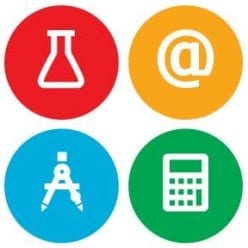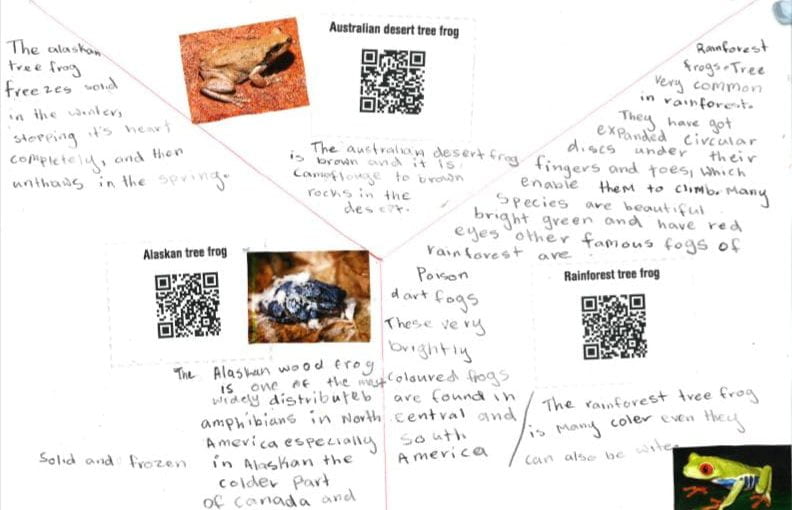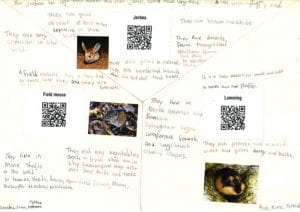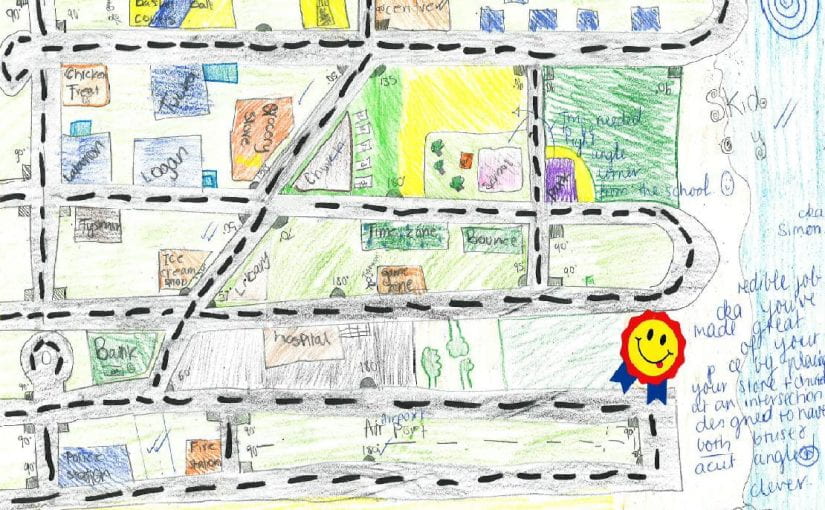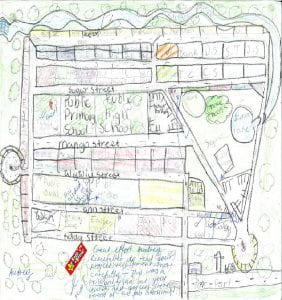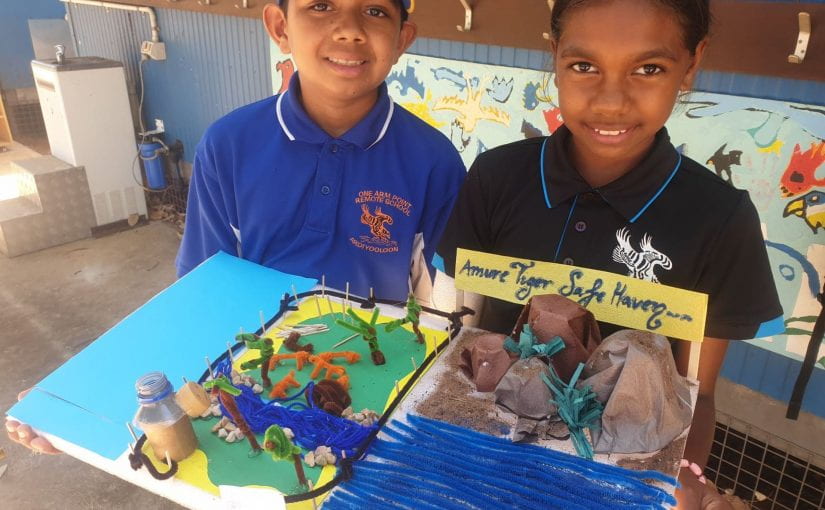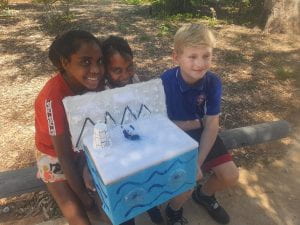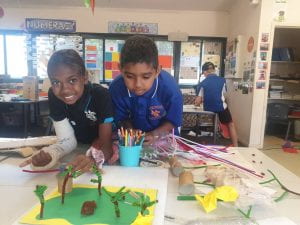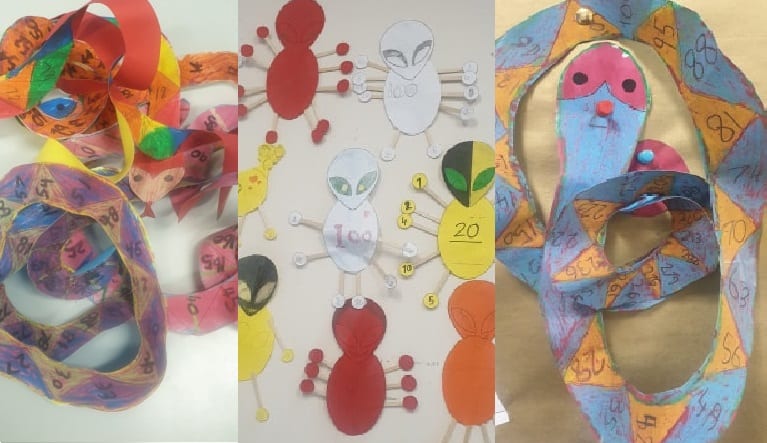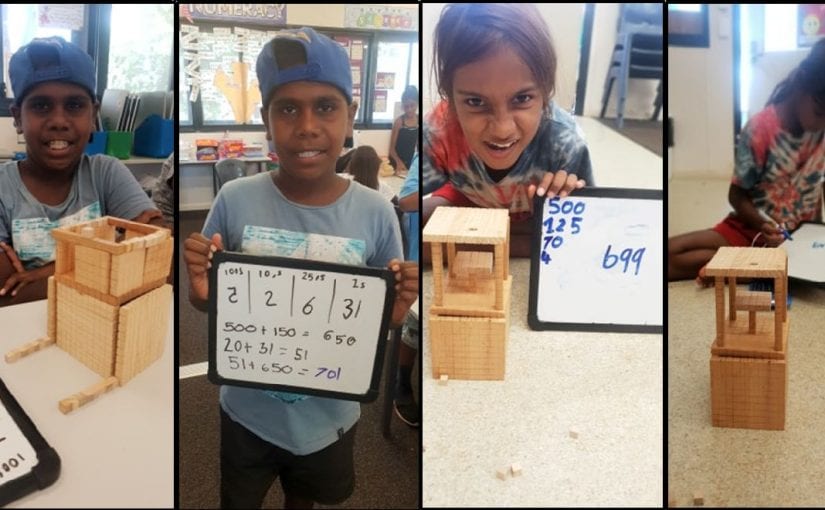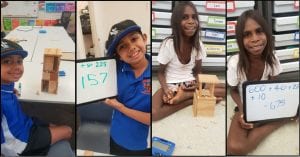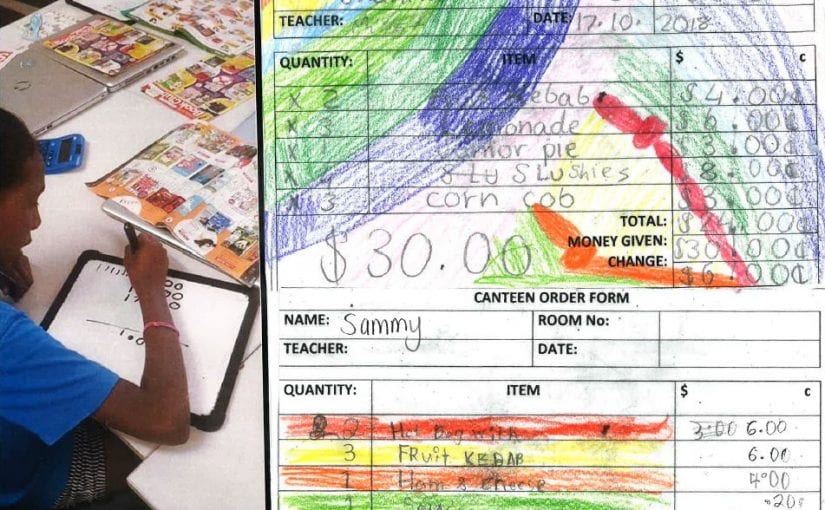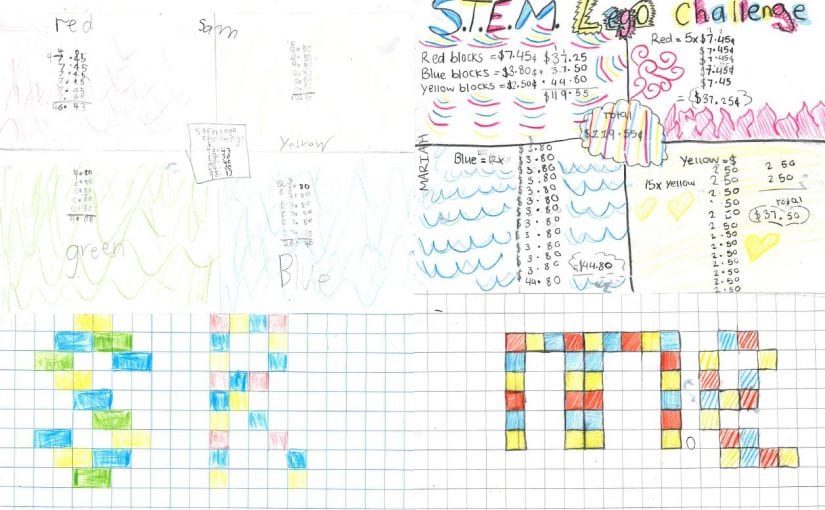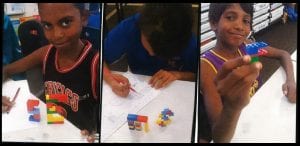Hi followers,
At the end of last year, I got married and completed my remote teaching service at One Arm Point.
The students there have left me forever inspired and taught me more life lessons than I would have ever thought possible.
Without a doubt, I know I would not be half the educator I am today without these remarkable little people.
In the meantime, I have currently gained a position at an incredible Independent Public School in my hometown as a Year 6 Teacher.
Thank you so much for your patience and e-mails of interest in collaboration during this time – I am currently on my remote teaching service leave and will be using this time to reflect, plan for growth and focus on the professional development of my offline career.
With lots of sunshine,
Marina Thomas Campbell.

